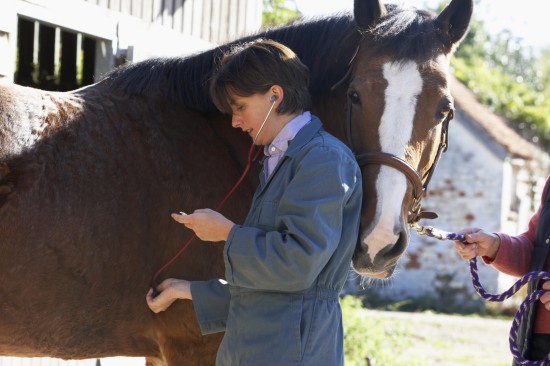Buying a new home is an exciting time. However, it may be stressful on your pets when the time comes to leave an environment that they have been familiar with for, perhaps, their whole lives. Here are some tips you can use to help your pet adjust quickly and happily to a new home.
1. Prepare for moving when you get your pet
Pets should be socialized and accustomed to life outside their homes. Many people are aware of the importance of socializing dogs, but don't recognize the benefits of socializing other pets. Cats can be trained to harness and brought out into the neighborhood and in the car. This has the added benefit of helping to prevent scenes of a terrified cat at the vet's. The more a pet is socialized to normal neighborhood and car sights and sounds, the less traumatic a move will be.
2. Crate train your pet
A crate is your dog's and cat's home away from home. By introducing a crate at an early age and using it properly, it can become your pet's anchor in unfamiliar environments. Even after housebreaking is accomplished, a crate remains a refuge for when parties happen, during trips to the vet and for strange environments, like friend's homes, hotels and campgrounds. When you and your pet arrive at your new home, the crate continues to be the same and has familiar and comforting smells that can help a pet get over the shock of newness.
3. Make a room where your pet can stay a priority
If at all possible, arrange in advance for a bedroom or other space to be set up for your pet, containing food, water, bedding, toys and perhaps some articles of furniture that the pet shows preference for. Make a sign warning people that pet(s) are within and stick it on the door so your pet doesn't get inadvertentlyreleased or forgotten. Check periodically to make sure that your pet is okay and that the temperature is not too hot or cold.
4. Take your pet on a tour
Allow your pet to thoroughly inspect its new home. Go with it if possible, if it is too young or behaviorally challenged at this point to be trusted alone. Once your pet has made the rounds in the house and outside (especially for dogs), it will feel better about this new property as its home.
5. Re-establish a routine ASAP
Your pet's regular schedule of walks, feeding, grooming, etc. should be instituted as soon as possible. A regular schedule will make your pet feel more secure in its new home.
6. Keep your pet under control
While it is wise to always keep all kinds of pets confined when you can't supervise them, if you are in the habit of allowing your cats outdoors, hold off for a week at least so that they have the chance to bond with their new home. Never let your pets roam far afield; it is not only dangerous for them, it is also inconsiderate of your neighbors to allow your dog or cat to run hither and yon over their property.

 Positive Aspects About Dog Walker Matraville Services
Positive Aspects About Dog Walker Matraville Services
Positive Aspects About Dog Walker Matraville Services
Positive Aspects About Dog Walker Matraville Services
 Norfolk Terrier Hereditary Health And Longevity
Norfolk Terrier H
Norfolk Terrier Hereditary Health And Longevity
Norfolk Terrier H
 The Australian Terrier As A Family Pet
The Australian Te
The Australian Terrier As A Family Pet
The Australian Te
 Hepatic Lipidosis In Dogs
Hepatic Lipidosis
Hepatic Lipidosis In Dogs
Hepatic Lipidosis
 Pre-purchase Vetting A Horse Will Show Up A Heart Condition
Pre-purchase Vett
Pre-purchase Vetting A Horse Will Show Up A Heart Condition
Pre-purchase Vett